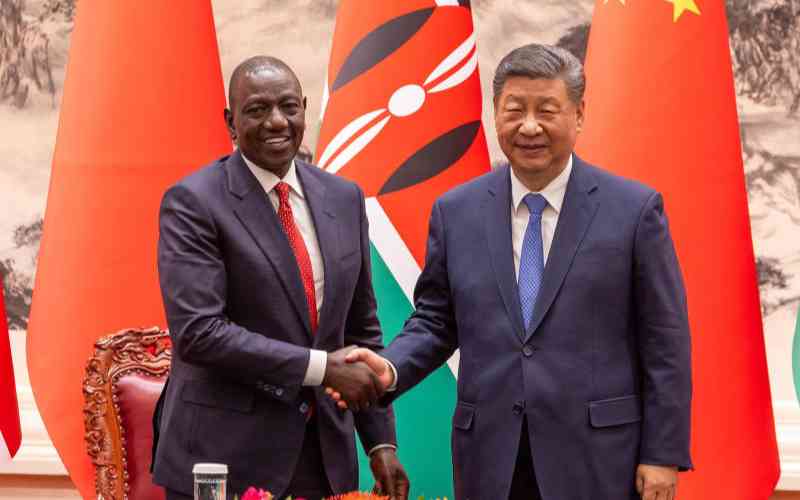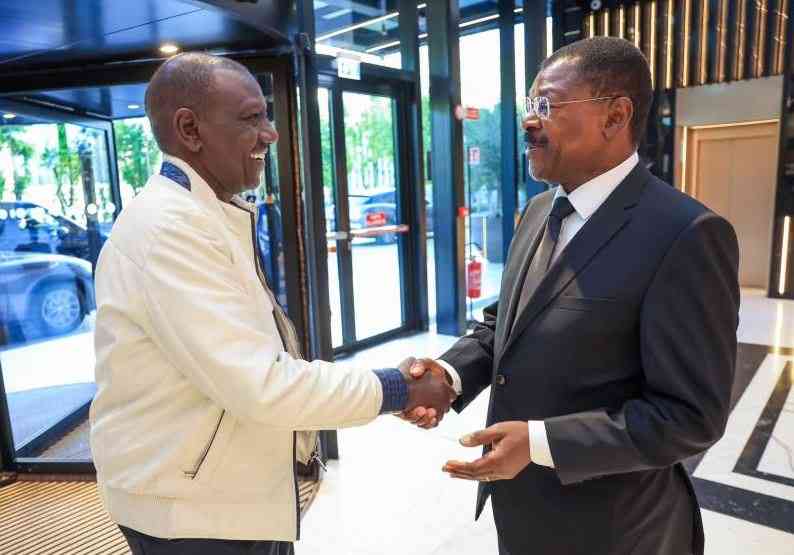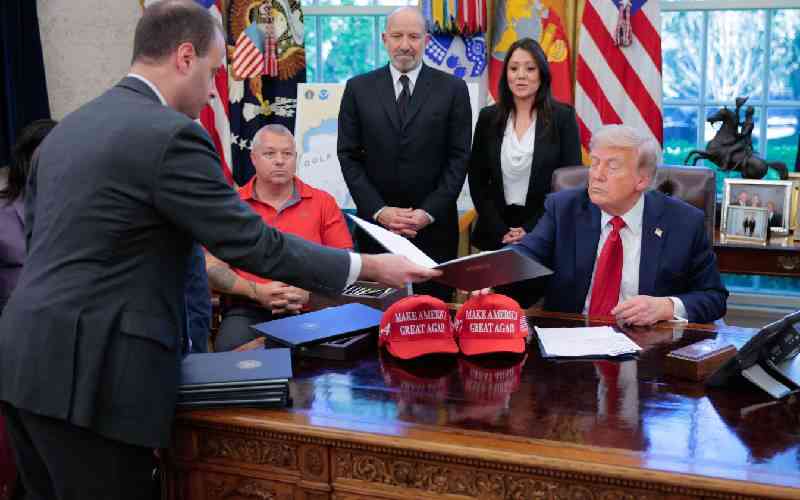By Iqbal Karim
The development of tourism anywhere very much relies on the development of appropriate infrastructure, which services the needs of a tourist and encourages investment in the sector.
Infrastructure such as accommodation, restaurants, built-up attractions, tours and transport are primarily developed by the private sector.
Private investors would be unwilling to invest in tourism facilities, however, without good airport and road infrastructure and the availability of affordable basic services such as power, water, sewerage, electricity, health facilities and telecommunications, which together make tourism investments economically viable.
The Government identified infrastructure as a major stimulus to achieve the Vision 2030; Kenya’s economic blueprint, of transforming the country into a newly industrialised middle-income state.
However, poor and at times total lack of appropriate infrastructure limits growth of the tourism sector.
Major link
Take for instance the fact that a traveler can decide today to go to the North Pole and be there by tomorrow and yet it takes three hours to drive from Jomo Kenyatta International Airport to Nairobi City Centre, a distance of not more than 24km.
Road infrastructure is vitally important for the dispersal of tourists beyond major gateways. If we want to continue to grow tourism and in particular conference tourism in Nairobi and Mombasa, infrastructure is one area that needs urgent attention.
Hopefully, with current ongoing construction of ‘bypasses’ and ‘flyovers,’ movement from the airport to the city centre will be made easy.
We also require new investment in road construction and improvements, along with the development of effective signage, roadside rest areas, maps and co-operative marketing between local businesses and government.
The maintenance of existing transportation facilities to prolong their use and repair potholes should be a continuous program rather than on a need basis or when rains are about to start! When I was a young boy growing up in Mombasa, we always knew when the rains would begin – we just had to remember what our Geography teacher had taught us in school about the rainy seasons.
Poor ambience
With global warming there are no more seasons, but I can still tell with reasonable accuracy when rains are about to come given my bronchial condition!
However, the most foolproof way that I have now found out is that when Municipal Council of Mombasa start their long awaited road repair works it is most certainly time for rains to come pelting down.
Stay informed. Subscribe to our newsletter
Appropriate airport infrastructure is a basic requirement to attract suitable airline services. Long, slow-moving security queues and poor ambience are among the key gripes by foreign tourists at airports. The completion of numerous forms, which give the same information —visa application and disembarkation card — also tends to frustrate tourists.
There are a host of other seemingly small things that really matter to passengers, which need to be greatly improved at our airports.
Things such as being able to find one’s way in the airport, getting adequate information about flights, comfortable seats in waiting lounges, being able to hear the public announcement system clearly, having access to baggage trolleys and the courtesy of airport staff really count.
We need to upgrade our airports and services to international standards. Access to affordable water, power and sewerage is a crucial element of investment decisions.
The private sector will invest in the tourism infrastructure required to service visitors, such as accommodation, attractions, tour product and restaurants, if basic public infrastructure is provided.
Reliable utilities
All major hotels and restaurants have had to invest in boreholes as the supply of piped water is not reliable if not non-existent.
The ever-increasing power cuts have also forced most hotels to rely on generators, which has driven up operational costs. The various tourism bodies need to continue lobbying government and authorities to develop and deliver affordable, reliable and sustainable utilities.
The revitalisation of town precincts is also a way of tapping into the tourism potential of destinations and maximising the use of existing assets.
Precinct re-development involves the transformation of existing buildings to provide new and innovative functions.
Tourism can offer an attractive new use for a public building, bringing life and vibrancy to the area. Heritage buildings in particular are attractive assets for a tourism developer, as long as the conversion costs are not too high. A highly successful example of such a project is the Old Town in Mombasa.
To develop the industry’s potential, investment is required in marine infrastructure, which can support the cruise market.
The development of infrastructure to facilitate the growth in the cruising and charter industry is warranted, and will assist the country in developing it as a cruising destination.
The Government needs to continue investing in development of appropriate infrastructure to make our tourism industry competitive against other tourist destinations like Egypt, South Africa and parts of Asia for the international tourism dollar from overseas destinations, and also deepen our long-term capacity to prosper in an increasingly global world.
—Iqbal Karim is a Partner, Deloitte Kenya.
—The views expressed in this article are the author’s and not necessarily those of Deloitte Kenya.
 The Standard Group Plc is a
multi-media organization with investments in media platforms spanning newspaper
print operations, television, radio broadcasting, digital and online services. The
Standard Group is recognized as a leading multi-media house in Kenya with a key
influence in matters of national and international interest.
The Standard Group Plc is a
multi-media organization with investments in media platforms spanning newspaper
print operations, television, radio broadcasting, digital and online services. The
Standard Group is recognized as a leading multi-media house in Kenya with a key
influence in matters of national and international interest.
 The Standard Group Plc is a
multi-media organization with investments in media platforms spanning newspaper
print operations, television, radio broadcasting, digital and online services. The
Standard Group is recognized as a leading multi-media house in Kenya with a key
influence in matters of national and international interest.
The Standard Group Plc is a
multi-media organization with investments in media platforms spanning newspaper
print operations, television, radio broadcasting, digital and online services. The
Standard Group is recognized as a leading multi-media house in Kenya with a key
influence in matters of national and international interest.





